Na+ controls hypoxic signalling by the mitochondrial respiratory chain
- PMID: 32728214
- PMCID: PMC7992277
- DOI: 10.1038/s41586-020-2551-y
Na+ controls hypoxic signalling by the mitochondrial respiratory chain
Abstract
All metazoans depend on the consumption of O2 by the mitochondrial oxidative phosphorylation system (OXPHOS) to produce energy. In addition, the OXPHOS uses O2 to produce reactive oxygen species that can drive cell adaptations1-4, a phenomenon that occurs in hypoxia4-8 and whose precise mechanism remains unknown. Ca2+ is the best known ion that acts as a second messenger9, yet the role ascribed to Na+ is to serve as a mere mediator of membrane potential10. Here we show that Na+ acts as a second messenger that regulates OXPHOS function and the production of reactive oxygen species by modulating the fluidity of the inner mitochondrial membrane. A conformational shift in mitochondrial complex I during acute hypoxia11 drives acidification of the matrix and the release of free Ca2+ from calcium phosphate (CaP) precipitates. The concomitant activation of the mitochondrial Na+/Ca2+ exchanger promotes the import of Na+ into the matrix. Na+ interacts with phospholipids, reducing inner mitochondrial membrane fluidity and the mobility of free ubiquinone between complex II and complex III, but not inside supercomplexes. As a consequence, superoxide is produced at complex III. The inhibition of Na+ import through the Na+/Ca2+ exchanger is sufficient to block this pathway, preventing adaptation to hypoxia. These results reveal that Na+ controls OXPHOS function and redox signalling through an unexpected interaction with phospholipids, with profound consequences for cellular metabolism.
Conflict of interest statement
Figures

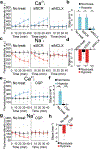

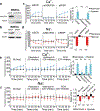

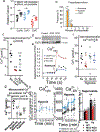
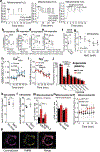
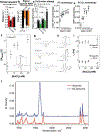
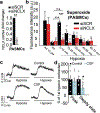
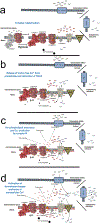



References
-
- Guzy RD & Schumacker PT Oxygen sensing by mitochondria at complex III: the paradox of increased reactive oxygen species during hypoxia. Exp. Physiol 91, 807–819 (2006). - PubMed
Publication types
MeSH terms
Substances
Grants and funding
LinkOut - more resources
Full Text Sources
Other Literature Sources
Molecular Biology Databases
Research Materials
Miscellaneous

